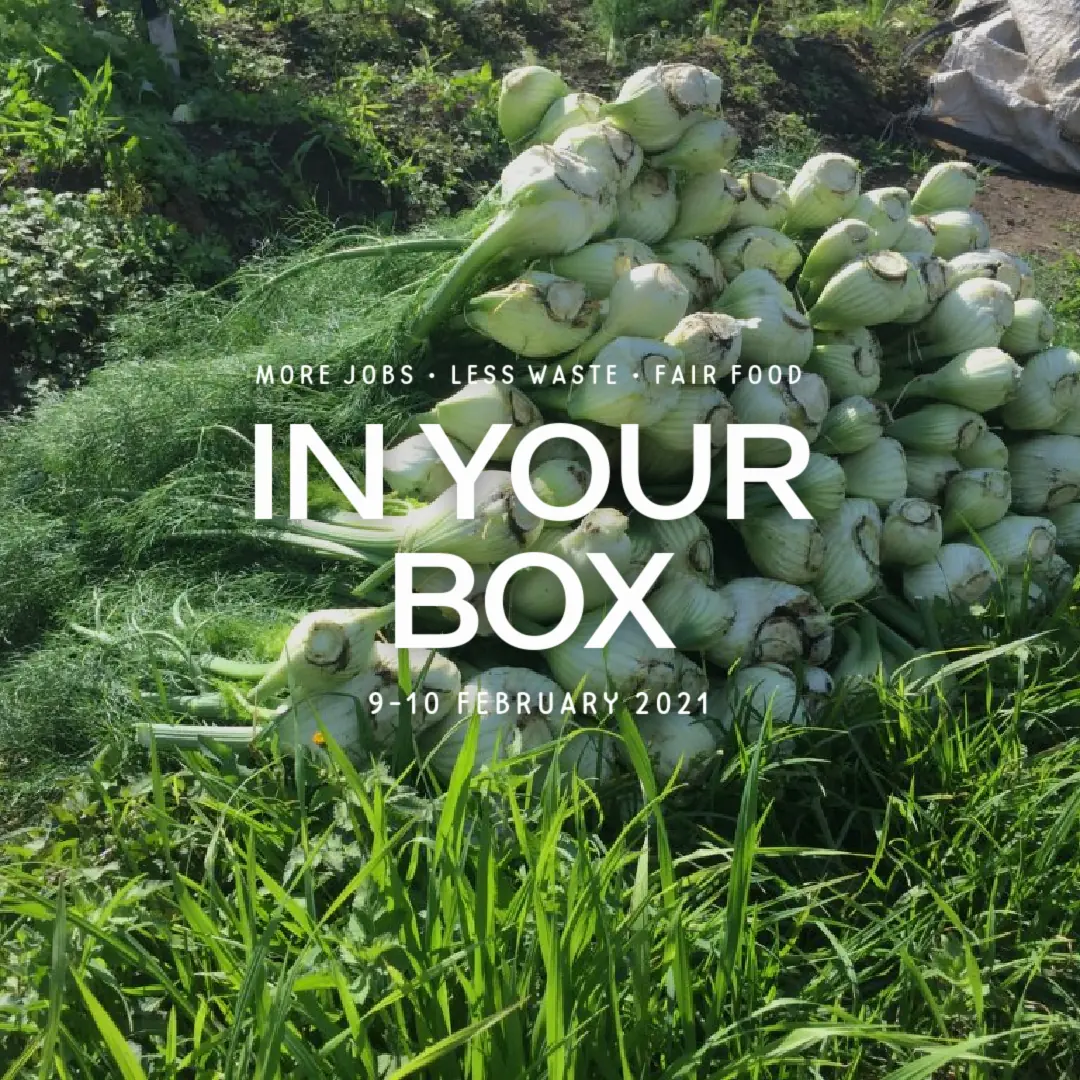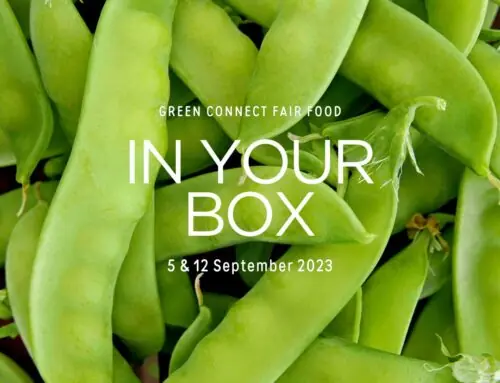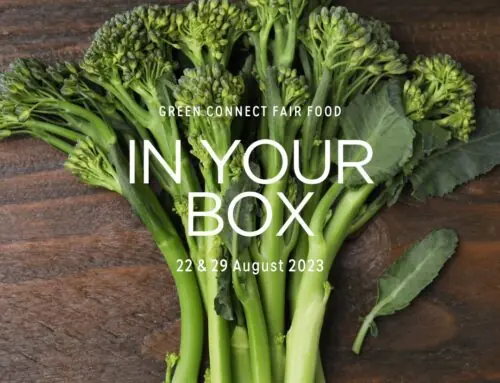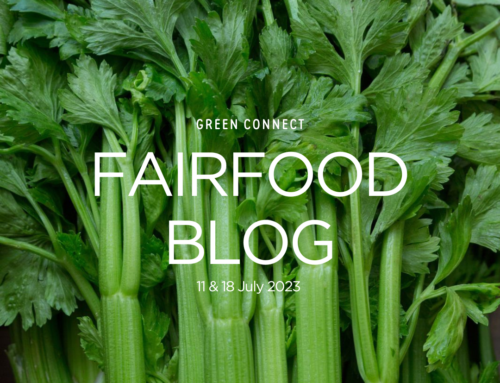A Taste of Florence
When we started growing Fennel and including it in our boxes, our customers where a bit unsure of this weird looking, liquorish smelling fluorescent white bulb. But once they had a go at cooking it and discovered its sweat flavor and crunchy texture, it became one of our most requested Vegies!
Stem Fennel grows wild throughout the Illawarra and is rightly classified as a noxious weed. Although this is edible (as our long term volunteer Peter always insists), this is not the type that we intentionally cultivate for our customers.
Instead we grow Florence fennel, which since its origins on the shores of the Mediterranean has been cultivated for its swollen stem or ‘bulb’, which has a sweetness to it that wild fennel lacks. Sometimes called ‘Aniseed bulb’ Florence fennel shares an unmistakable flavor with liquorish, ouzo and absinth.
When the weather warms up into spring, fennel has a tendency to bolt to seed. We don’t mind this so much however, as studies have shown that fennel flower (wild or domesticated) are among the best attracters of beneficial insects that move in to predate on the white -fly, aphid and cabbage moth colonies that often infest the brassicas. Meaning we get some much needed help against summer pests!
We’ve started harvesting fennel younger, and bunching it up as baby fennel, after some of the chefs we worked with gave us the tip that this the younger fennel is much sweeter and easier for those who aren’t used to its intense flavor to get into.
Fennel can be sautéed into an side dish, roasted up or shredded into a salad. And don’t discard the leaves! They are similar to Dill in appearance, but are much brighter green and much stronger in flavor. In the Middle East, Fennel leaves are often used in egg-based omelets, and in some areas of India they are used as a leafy vegetable and cooked up in a curry or inside a hot breed.
Enjoy
Cal
Green Connect Farm Manager
In your box:
What’s that in my box: Chinese cabbage is also commonly referred to as Napa cabbage and is the star vegetable in Korean kimchi. This vegetable goes great in coleslaw and generally makes for a softer and milder cabbage than the traditional green or red cabbage. If you’re interested in making kimchi with this cabbage, the result is a delicious condiment/side full of probiotics which help to rebalance our digestive system and make us feel fresher. For more information on how to store & cook any of our vegetables, visit: https://draxe.com/ and type in the veggie you’re looking for.









Leave A Comment
You must be logged in to post a comment.